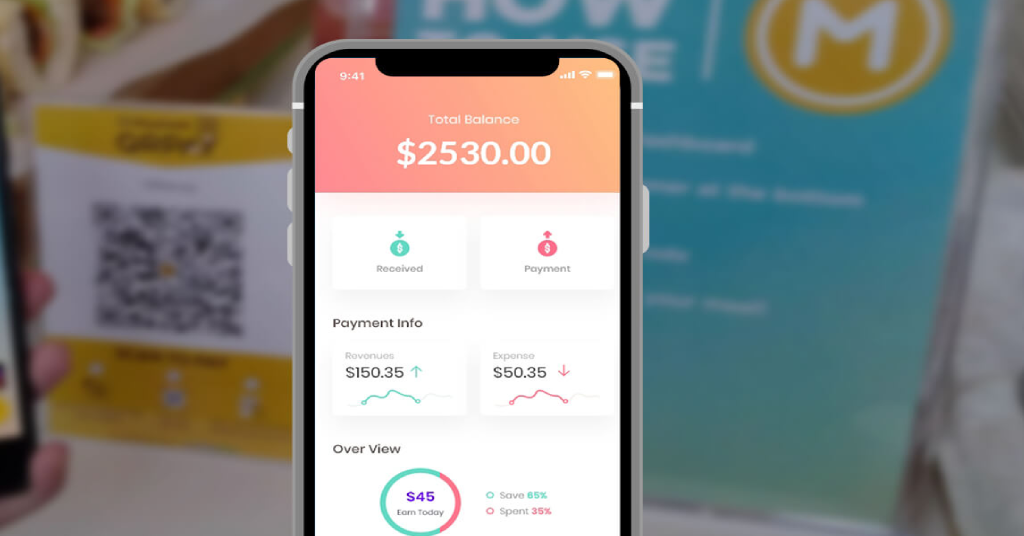
What to Consider Before Launching an eWallet app
Over the past few years, mobile apps have certainly taken over the market drastically. This means a rise in digital payments also. Many companies are turning to eWallet apps to reduce the consumer's troubles while paying online. Now instead of fidgeting with credit and debit cards, one can easily make transactions via mobile wallets.
If statistics are to believed, P2P payments are on the rise for the ease they offer in the fast life. According to sources, the mobile payments apps are to bring a revenue of 1 trillion USD by the end of 2019 in the US alone. The global revenue is going to be much higher.
For the same reason, more and more businesses are taking the high road and building their own mobile wallets to attract more consumers. And why not? The cost of building an app is almost nothing as compared to the revenue it can bring.
Why eWallet App?
In a world of billions, apparently 1.2 billion people have bank accounts while 5 billion are mobile phone users. This opens up an opportunities for many companies. Reaching these 5 billion people is easy with a digital payment app who are constantly using mobile applications and buying things online.
The popularity of digital wallets can be guessed by looking at the leading eWallet app PayTM. As per sources, there are already 300 million users registered in India on the payment app and the numbers are constantly on the rise. On the global level, WeChat Pay is leading with more than 600 million registered users.
With a customized e-Wallet, one can get access to the end user without having to attach their bank accounts. This gives them the chance to get payments done using credit/debit cards, digital cash, tickets, coupons and other rewards. This is a good way to lure more users into using your app.
Types of eWallet Apps
Planning to build an e-Wallet is just the first step. You first need to recognize the kind of app you want to build. Based on your needs and the kind of facilities you want to offer your end consumer, decide on the type of app you want to design.
· Closed App: Closed eWallet apps can be easily described as payment banks for the eCommerce industry. These are closed apps with authority given only to the individual company. Many apps give their customers the option for refund which is done in this closed wallet. This refund can be used again for purchase on the same app. A good example of closed app is Amazon wallet.
· Semi-Closed App: Issued only by banks, semi-closed wallet apps are used to buy goods and services online however, the user does not have permission to withdraw or redeem money from it. It is, in fact, a payment instrument that only certified merchants can redeem. For example, M-Pesa by Vodafone which is tied with ICICI bank.
· Open App: Open eWallet apps are also issued only by banks and can be used to purchase goods and services. The amount is pre-funded and purchases have to be made within the specified limit. These wallets can also be used to withdraw cash at ATMs or business correspondents.
Things to Consider While Building an eWallet App
User Panel: The user panel requires many functionalities to be taken care of based on your needs.
· Registration: The primary feature of any eWallet, registration process should provide the option of register via mail id or social media accounts to the user.
· Bank Account: For transactions, option to authorize bank accounts to be given to the user.
· Cash Transfers: Users can be allowed to transfer amounts of money to another users.
· Checking Account: The function to check account's balance for the account holder.
· History: A complete history of the past transactions are available to the user.
· Offers: The running offers must be applicable at the checkout page along with the credits available in the user's account.
Admin Panel: Like the user panel, admin panel also requires some features that you will need to ease the management and handling of the data of so many users.
· Dashboard: A directory where all information of the registered users is listed. All the data related to users can be monitored and handled here.
· New Offers: Admin can be solely made responsible for controlling the offers and deals given to the users. The rewards, points and referrals can be monitored by the admin.
· Analytics: Handling all reports of activity including information of visiting users, pages visited, favorited products, transactions made or failed, everything should be available to the admin for future changes and modifications.
· Customer support: An active customer support section can prove to be beneficial for any company.
Cost of Developing an eWallet App
Developing an eWallet app is no easy task however, with the rising popularity it has certainly become one of high demand products. While many companies charge app development on basis of hours put in, many also charge as per resources and time invested in the product.
In American and European countries the development fees for eWallet apps costs $120-150 per hour. India is substantially cheaper with rates ranging between $50-70 per hour.
This cost also depends on the type of app along with the features required. Basic standard eWallet apps can cost around $25,000-50,000 while apps with advanced features can cost higher - $70,000-100,000.




